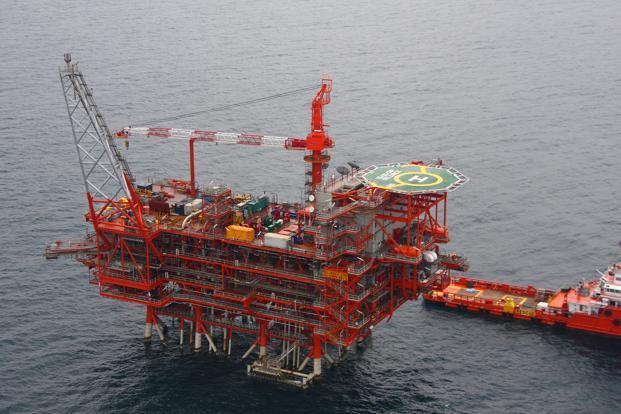Peru has been moving to quietly rework its hydrocarbons regime with a direct negotiation system to attract new investment, and it is beginning to pay off. Guyana currently has such a system and authorities have signaled it may also be in the country’s best interest to retain it – at least in the short term.
According to an Upstream report, Explorers have begun to take notice as the Andean nation seeks to stand out in a region that has become an exploration hot spot.
Peru made headlines last year when, after a switch to a direct negotiation system, it managed to reel in the exploratory interest of Anadarko Petroleum, which has also been exploring in Colombia to the north.
The US independent signed license contracts for a trio of offshore blocks, a $200 million investment commitment Peru’s President Pedro Pablo Kuczynski called an “important sign of confidence” in the country’s energy sector.
Since then, the government has also seen agreements announced by Tullow Oil for five more offshore blocks.
Three more companies have also penned technical evaluation agreements, with longtime player Repsol on five blocks, Hunt Oil for three blocks and Canada’s Global Petroleum with eight blocks focused on unconventionals.
“We have in the last year been carrying out a complete revision of the legislative framework… to see how competitive Peru is, or not,” Francisco Garcia Calderon, Chairman of investment-promotion authority Perupetro, told Upstream. “What we did was make the necessary changes. We had to do something different.”
Guyana’s Minister of Natural Resources, Raphael Trotman, has told OilNOW that a decision to retain a system of direct negotiations with companies or move towards an open bidding system will be determined by national interest. “…it depends on the advice we receive. Some countries have favoured direct, and some countries have favoured open blocks,” Mr. Trotman said, adding, “Everything has to be done within the context of national interest and national security.”
The issuance of E&P licenses in Guyana has so far been based on a grant system, whereby the Guyana government would issue a license to the company or joint venture that shows the highest interest and ability to carry out exploration and production activities, in keeping with the country’s laws, through direct negotiations. Several companies have been granted E&P licenses through this system, including US oil major ExxonMobil in partnership with Hess and CNOOC Nexen, leading to discoveries totaling 3.2 billion oil equivalent barrels to date.
Long history
Peru has an oil-producing history dating back well over a century. The country’s north-west played host to one of the first oil wells in South America in 1863, just a few years after Americans first managed to harness drilling rig technology to explore for oil in the US state of Pennsylvania.
Investments surged in the 2010 period as interest also picked up in the country’s offshore sector, but the global plunge in oil prices hit the sector hard a few years later.
Transparency
The goal is to be “fast but effective, transparent and always in compliance with norms,” says Perupetro promotion and contracts manager Leyla Perez.
“The terms that we are offering are highly competitive. We are being very flexible on what are the minimum work programmes.”
That has not gone unnoticed by investors, with groups such as the Fraser Institute and Wood Mackenzie improving their assessments of the country’s fiscal regime.
Preferential rights
Investments are also flowing from longtime players such as China National Petroleum Corporation, which committed last year to invest $2 billion in Block 58 between 2017 and 2023.
The technical evaluation agreements grant a preferential right to execute an E&P contract and are designed for work that does not require environmental permitting. For seismic activity or wells, a more formal licence contract is required.
Royalty schemes begin at between 5% and 20%.
Perupetro also touts other details of the country’s investment terms, including the ability to repatriate funds to and from Peru, as well as “absolute freedom” to sell or handle produced hydrocarbons and freedom to set prices via market supply and demand, without government restrictions.
Peru estimates the country has onshore and offshore hydrocarbons potential of 10 billion barrels.




